In the high-stakes arena of the oil and gas industry, accuracy isn’t just a goal; it’s a lifeline. Accurate flow measurement is the bedrock upon which the industry’s success and safety stand. From the drilling and extraction phase to the refining and distribution stages, each aspect of the oil and gas process depends on accurate measurements of fluid flow rates.
These measurements impact not only efficiency but also environmental and financial considerations, making them a critical aspect of the industry’s operation. One invaluable instrument that has revolutionized the way we measure the flow of liquids and gases is the Coriolis mass flow meter.
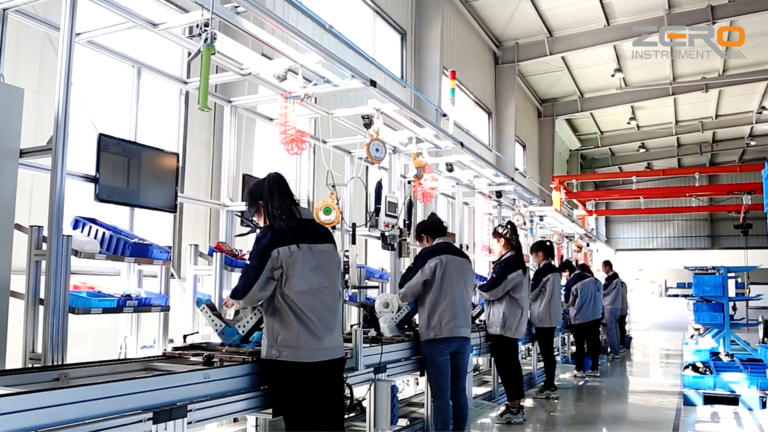
In this article, we delve into the fascinating world of Coriolis mass flow meters and how they play a pivotal role in quantifying the flow of gas and oil within various industries. These highly sophisticated devices operate on the principles of the Coriolis effect, a phenomenon that arises from the rotation of the Earth and has been harnessed to provide precise and real-time measurements of mass flow rates.
As we explore the inner workings of Coriolis mass flow meters, we will uncover the science behind their operation and the advantages they offer over traditional flow measurement methods. Furthermore, we will discuss their applications, from monitoring the flow of crude oil in pipelines to measuring gas flow rates in chemical plants. By the end of this article, you’ll have a comprehensive understanding of how Coriolis mass flow meters are transforming the way we measure gas and oil flow, ensuring greater accuracy and efficiency in diverse industrial processes.
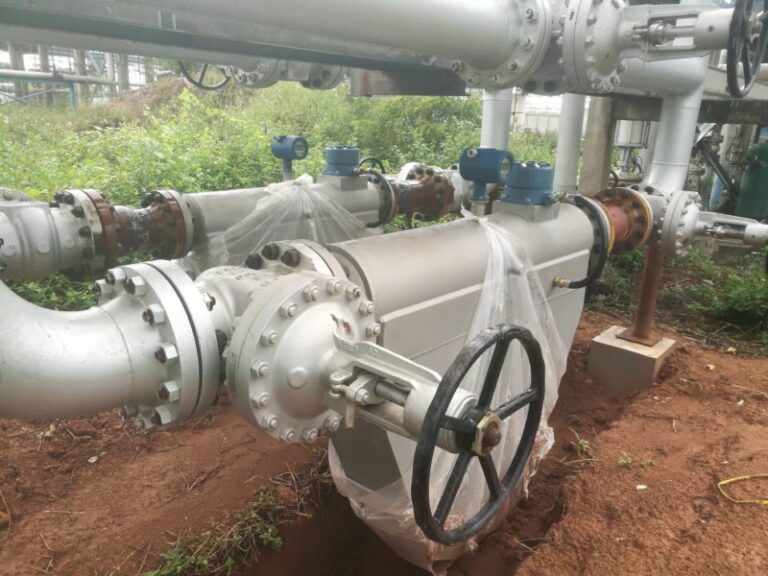
Understanding Coriolis Mass Flow Meters
Coriolis flow meters are remarkable devices that work by using a scientific principle related to the Earth’s rotation. They have a vibrating tube through which fluids pass, and this causes a small change in direction due to the Coriolis effect. By measuring this change, the meter accurately calculates the flow rate of the fluid. This combination of physics and engineering results in highly precise measurements.
Coriolis mass flow meters have several advantages. They are incredibly accurate, even for tricky fluids with high viscosity or varying densities. They don’t require extra adjustments for density or temperature, which makes measuring flow simpler. Also, they are not affected by changes in the fluid’s composition or properties, ensuring consistent and reliable readings.
These meters come in different types, such as straight tube, curved tube, and multi-tube designs, making them versatile for measuring various substances from crude oil to chemicals. Whether you need precise measurements, durability for tough conditions, or suitability for small-scale applications, there’s a Coriolis meter designed for your specific needs.
In this section, we’ve covered the basics of Coriolis mass flow meters, explaining how they work, their benefits, and the different types available. In the next part, we’ll explore their real-world applications and how they are changing flow measurement in the oil and gas industry.
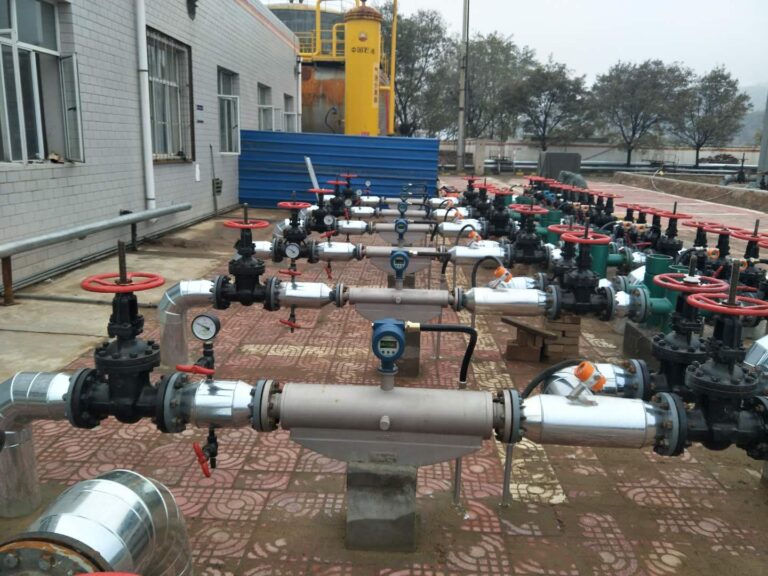
Applications in the Oil and Gas Industry
The oil and gas industry holds a prominent position within the global economy, with its multifaceted operations relying significantly on the implementation of efficient flow measurement techniques. This practice is pivotal for the following specific needs:
Specific Needs for Flow Measurement
- Accurate Resource Allocation: In the oil and gas sector, precise flow measurement is essential for allocating resources efficiently. It helps companies determine how much oil or gas is being extracted, transported, and processed, ensuring that production meets demand.
- Revenue Calculation: Flow measurement directly impacts revenue. Oil and gas are often sold based on volume or flow rate, making accuracy crucial for financial transactions and taxation.
- Safety and Environmental Compliance: Accurate flow measurement is vital for ensuring the safety of pipelines and preventing leaks or spills that can have catastrophic environmental consequences.
- Process Control: Flow measurement provides real-time data for process control, enabling operators to adjust flow rates to optimize production and reduce wastage.
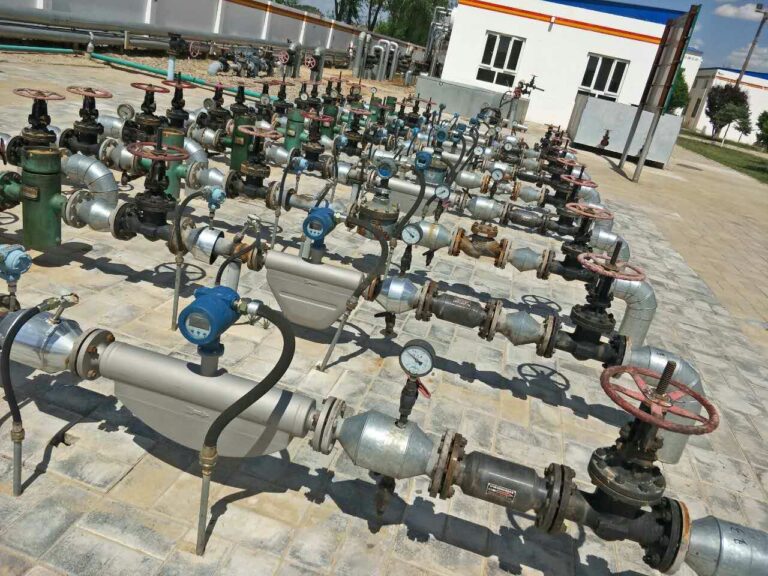
Versatility of Coriolis Mass Flow Meters
Coriolis mass flow meters are widely adopted in the oil and gas sector because of their versatility and precision. Below are several significant areas where they find practical use:
- Well Testing: Coriolis meters are employed in well testing to measure the flow of oil and gas from exploration wells accurately. Their ability to handle multiphase flow makes them invaluable in this context.
- Pipeline Monitoring: In pipeline networks, Coriolis meters are used for custody transfer applications, ensuring that the volume of oil or gas being transported is precisely measured.
- Refining and Petrochemicals: Coriolis meters find use in refineries and petrochemical plants for precise measurement of feedstock and product flows. Their accuracy aids in quality control and optimization of processes.
- Liquefied Natural Gas (LNG): In LNG facilities, Coriolis meters measure the flow of natural gas, ensuring that the right quantities are liquefied and loaded onto tankers.
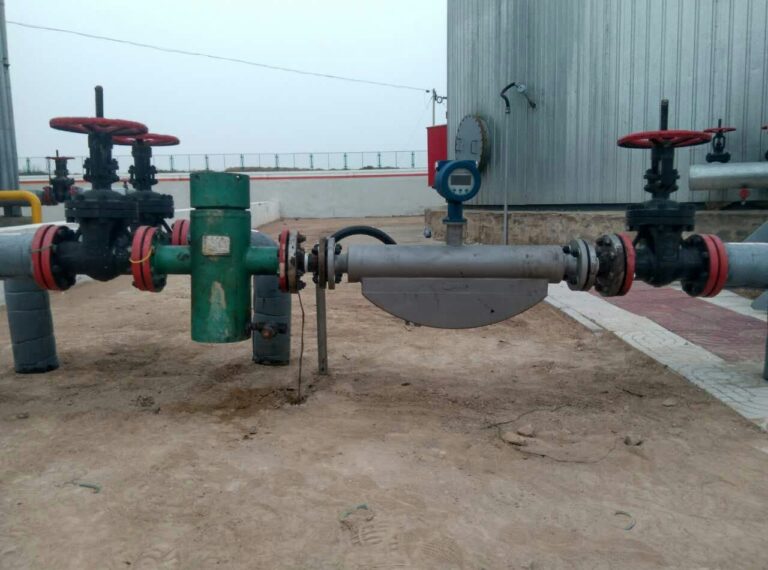
Advantages of Coriolis Mass Flow Meters in Oil and Gas
Coriolis mass flow meters are essential tools in the oil and gas industry, offering several key benefits.
- Accuracy and Precision: Coriolis meters are known for their outstanding accuracy and precision when measuring gas and oil flows. They work based on the Coriolis effect, where fluid flowing through a vibrating tube causes it to twist. This twisting is directly related to the mass flow rate, allowing for highly accurate measurements. Precision matters greatly in this industry because even a small measurement error can lead to significant financial losses.
- Versatility with Different Fluids and Conditions: One of the standout advantages of Coriolis meters is their ability to handle various types of fluids and conditions. Whether it’s crude oil, natural gas, condensates, or thick fluids, Coriolis meters provide accurate measurements without needing frequent recalibration. They also perform well under changing temperatures and pressures, making them versatile for different applications in the oil and gas sector.
- Resilience to Harsh Environments: Coriolis mass flow meters are built to withstand the tough environmental conditions common in the oil and gas industry. They can endure extreme temperatures, corrosive substances, and high-pressure settings. This robust design ensures their reliability in challenging locations like offshore drilling platforms or remote pipeline sites.
- Long-Term Cost Savings and Efficiency: While the initial investment in Coriolis meters may be higher compared to some alternative flow measurement methods, the long-term benefits far outweigh the costs. Their accuracy minimizes financial losses due to measurement discrepancies, and their durability reduces maintenance and replacement expenses. Furthermore, their real-time data capabilities enable better process control, optimizing production and reducing waste, resulting in significant efficiency improvements.
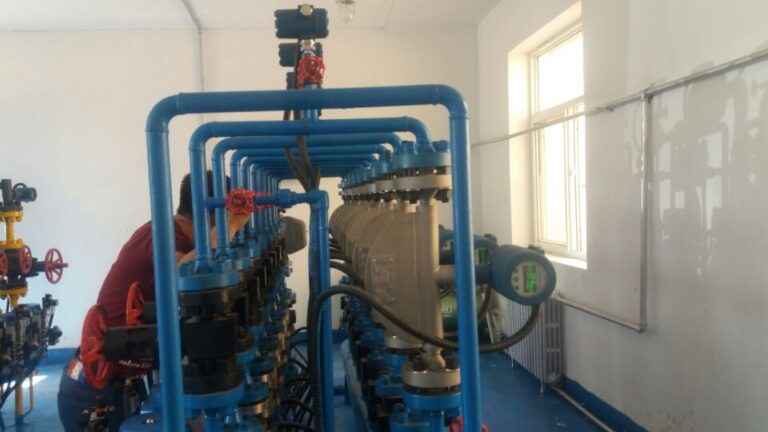
Comparing Coriolis Mass Flow Meters to Other Measurement Techniques
Coriolis mass flow meters, while highly accurate, are just one option among various flow measurement techniques. Alternatives include positive displacement meters, turbine meters, ultrasonic flow meters, and differential pressure (DP) meters.
Advantages of Coriolis Meters over other measurement techniques
Coriolis meters excel in accuracy, offering precise measurements unaffected by fluid properties. They are versatile, accommodating various fluid types and conditions. With minimal pressure drop and the ability to directly measure mass flow, they ensure efficient and accurate measurements.
Disadvantages Compared to Others
While Coriolis meters are accurate, they can have a higher initial cost. Installation conditions must be precise, and they are typically suited for smaller pipe sizes.
Preferred Choice
Coriolis meters are often favored in industries like oil and gas due to their unmatched accuracy, versatility, and the ability to provide both mass and volumetric measurements. In applications where precision is paramount, such as custody transfer and critical process control, the advantages of Coriolis meters often outweigh their initial cost and size limitations. Their adaptability to a wide range of fluid conditions makes them a preferred choice for industries where reliable flow measurement is essential.
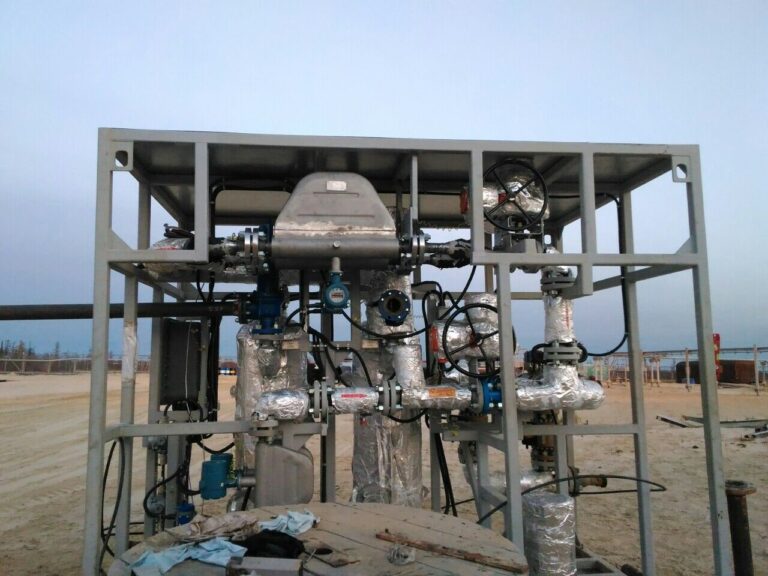
Challenges and Limitations
Potential Challenges
- Significant Initial Capital Costs: The upfront investment required for Coriolis meters can be considerable and might pose a financial hurdle.
- Maintenance and Calibration Needs: Regular maintenance and calibration are essential to ensure the ongoing accuracy of Coriolis meters, which can be resource-intensive.
- Size Limitations: Coriolis mass flow meters, while highly effective and accurate for a wide range of fluid measurement applications, do have some limitations when it comes to larger pipe sizes. These size limitations arise from the fundamental design and operating principles of Coriolis meters.
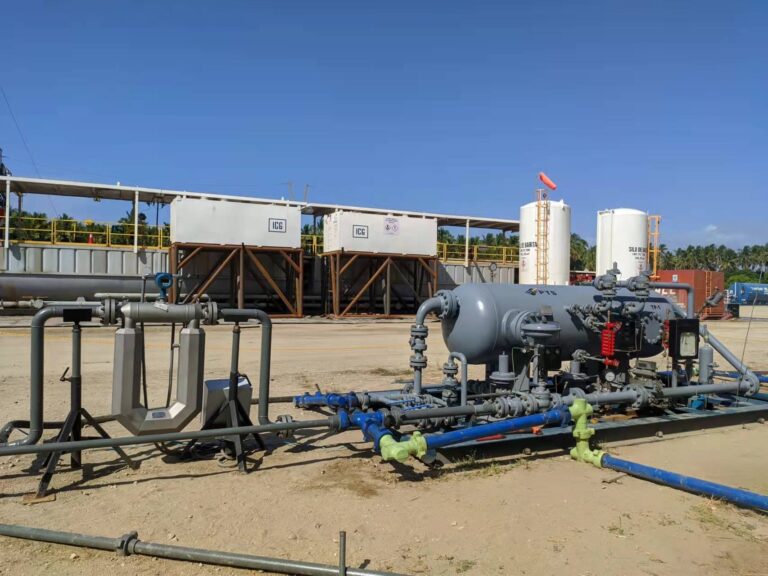
Mitigation Strategies
- Cost Efficiency Analysis: Prior to implementation, conduct a comprehensive cost-efficiency analysis to assess whether the enhanced accuracy justifies the initial investment in Coriolis meters.
- Scheduled Maintenance: Implement a proactive and well-planned maintenance schedule to minimize downtime and ensure that the meters continue to perform optimally.
- Alternative Technologies: In cases involving larger pipes, consider exploring alternative flow measurement technologies such as ultrasonic or magnetic flow meters, which may offer more cost-effective solutions while maintaining accuracy.

Conclusion
In conclusion, the Coriolis mass flow meter stands as a remarkable tool for measuring gas and oil flows. Its unparalleled precision and versatility make it a go-to choice in critical applications. However, as technology advances, we can speculate that future innovations will continue to refine these meters, making them even more efficient, cost-effective, and integrated into digital ecosystems. This promises a bright future for the oil and gas industry, ensuring accurate and reliable flow measurements for years to come.
